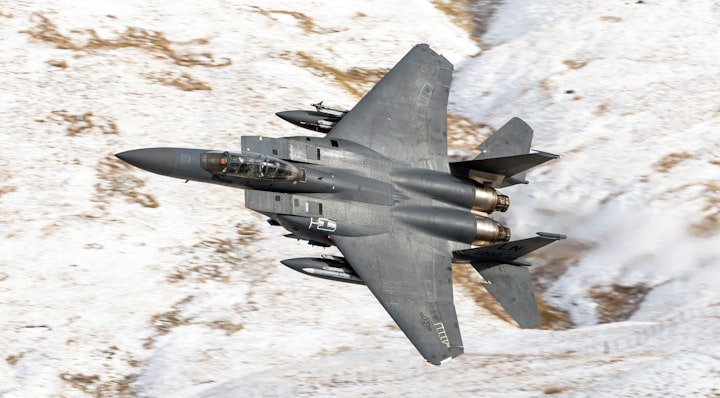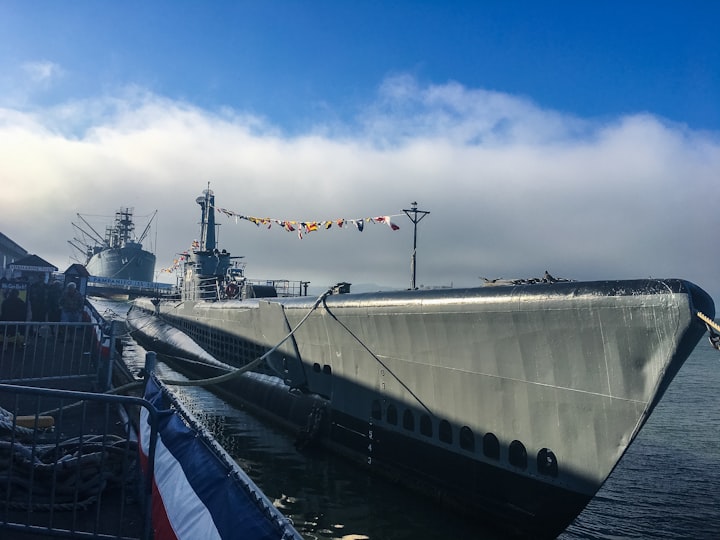5 countries that have the most fighter aircraft
Fighter jets,

Fighter jets, those pinnacles of aeronautical engineering, dominate the skies and play a vital role in modern airpower. Their agility, speed, and firepower make them crucial for air defense, offensive missions, and maintaining air superiority. Today, we embark on a global expedition, exploring the top five countries with the most fighter aircraft and delving into the reasons behind their formidable aerial arsenals.
1. The United States Air Force: Unmatched Might and Global Reach
The United States Air Force (USAF) reigns supreme in terms of fighter aircraft quantity, boasting an estimated 2,100 active fighters. This dominance reflects the US's global security commitments and its unwavering focus on maintaining air superiority. Let's dissect the USAF's fighter jet arsenal:
Mainstays of the Fleet: The F-16 Fighting Falcon, a multirole fighter known for its versatility and affordability, forms the backbone of the USAF. F-22 Raptors, the world's first operational fifth-generation stealth fighter, offer unmatched air-to-air combat capabilities.
Future Fighters: The F-35 Lightning II, another fifth-generation fighter jet, promises to revolutionize air combat with its stealth technology, advanced sensors, and integrated avionics. The USAF is heavily invested in the F-35 program, planning for various variants to fulfill different roles.
Global Reach: The vastness of the USAF fighter fleet allows for deployment worldwide. From patrolling European skies to deterring aggression in Asia, these aircraft safeguard American interests and allies across the globe.
2. The United States Navy: Carrier Aviation and Naval Supremacy
The United States Navy (USN) maintains a formidable fighter jet force of approximately 800 aircraft, seamlessly integrated with its carrier strike groups. These aircraft projects naval power and air dominance wherever US Navy carrier groups operate.
Carrier Kings: The F/A-18 Hornet and Super Hornet are the workhorses of the USN's carrier fleet. These multirole fighters excel in air-to-air combat, air-to-ground missions, and electronic warfare.
The Future of Naval Aviation: The F-35C Lightning II variant is designed specifically for carrier operations. Its stealth capabilities and advanced features will significantly enhance the USN's offensive and defensive capabilities.
Sea Power Projection: US Navy carrier strike groups, with their搭載 (tōsai -搭載) meaning "搭載 (tōsai) loaded" complement of fighter jets, serve as powerful deterrents and instruments of American military influence on the world stage.
3. The People's Liberation Army Air Force (PLAAF) of China: Rapid Modernization and Growing Ambition
China's air force, the PLAAF, has undergone a remarkable transformation in recent decades. With an estimated 3,260 fighter aircraft, it boasts the third-largest fighter jet fleet globally. This rapid expansion reflects China's growing military assertiveness and its strategic focus on the Asia-Pacific region.
Indigenous Designs: The J-10 and J-11 form the backbone of the PLAAF's fighter fleet. These domestically produced aircraft are based on Soviet designs but incorporate some indigenous technology.
Fifth-Generation Aspirations: The Chengdu J-20, China's first operational fifth-generation stealth fighter, signifies its ambitions to compete with the US's F-22 and F-35. However, questions remain regarding the J-20's true capabilities and production numbers.
Modernization Drive: China is actively modernizing its air force, retiring older jets and introducing newer models with improved avionics and weaponry. This focus on modernization is likely to continue in the coming years.
4. The Russian Aerospace Forces: A Legacy of Power and Uncertain Future
Russia, inheriting the Soviet Union's vast military arsenal, possesses an estimated 770 fighter aircraft. While still a significant force, Russia's air force faces challenges in maintaining and modernizing its aging fleet.
Soviet Legacy: The Su-27 Flanker and MiG-29 Fulcrum, Cold War icons, remain the mainstay of the Russian Air Force. These aircraft are known for their maneuverability and firepower but lack the stealth technology of newer generation fighters.
Modernization Efforts: Russia is developing new fighter jets like the Su-57 Felon, a fifth-generation stealth aircraft. However, production delays and technological hurdles have limited the Su-57's impact so far.
The Future of Russian Aviation: The effectiveness of the Russian Air Force hinges on its ability to modernize its fleet and integrate newer technologies.
5. The Indian Air Force: Regional Power and Strategic Shift
The Indian
About the Creator
Moharif Yulianto
a freelance writer and thesis preparation in his country, youtube content creator, facebook






Comments
There are no comments for this story
Be the first to respond and start the conversation.